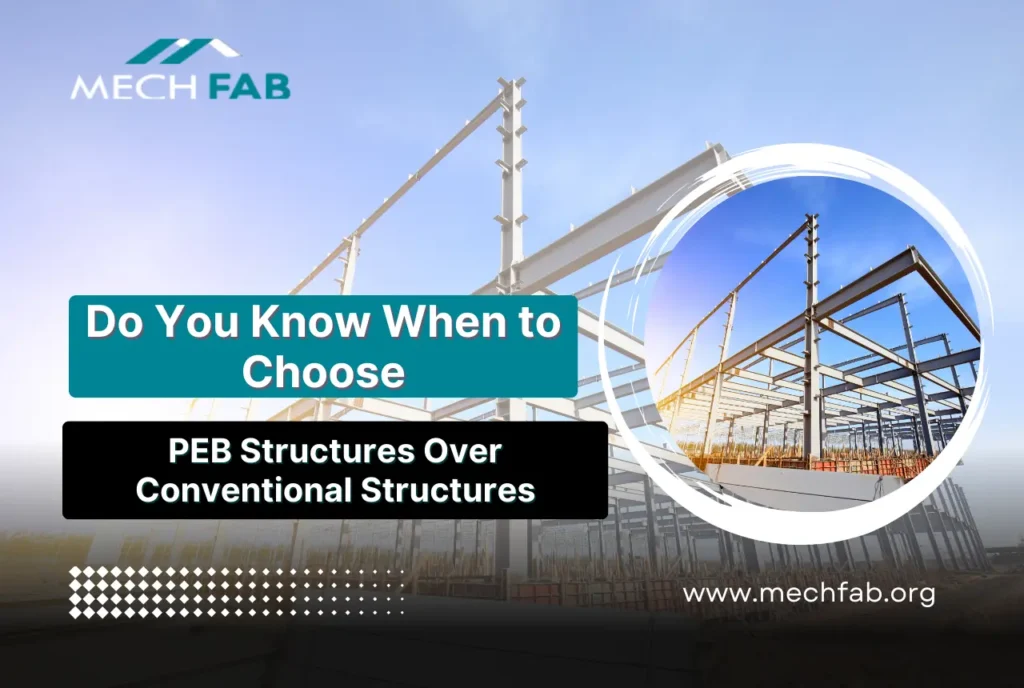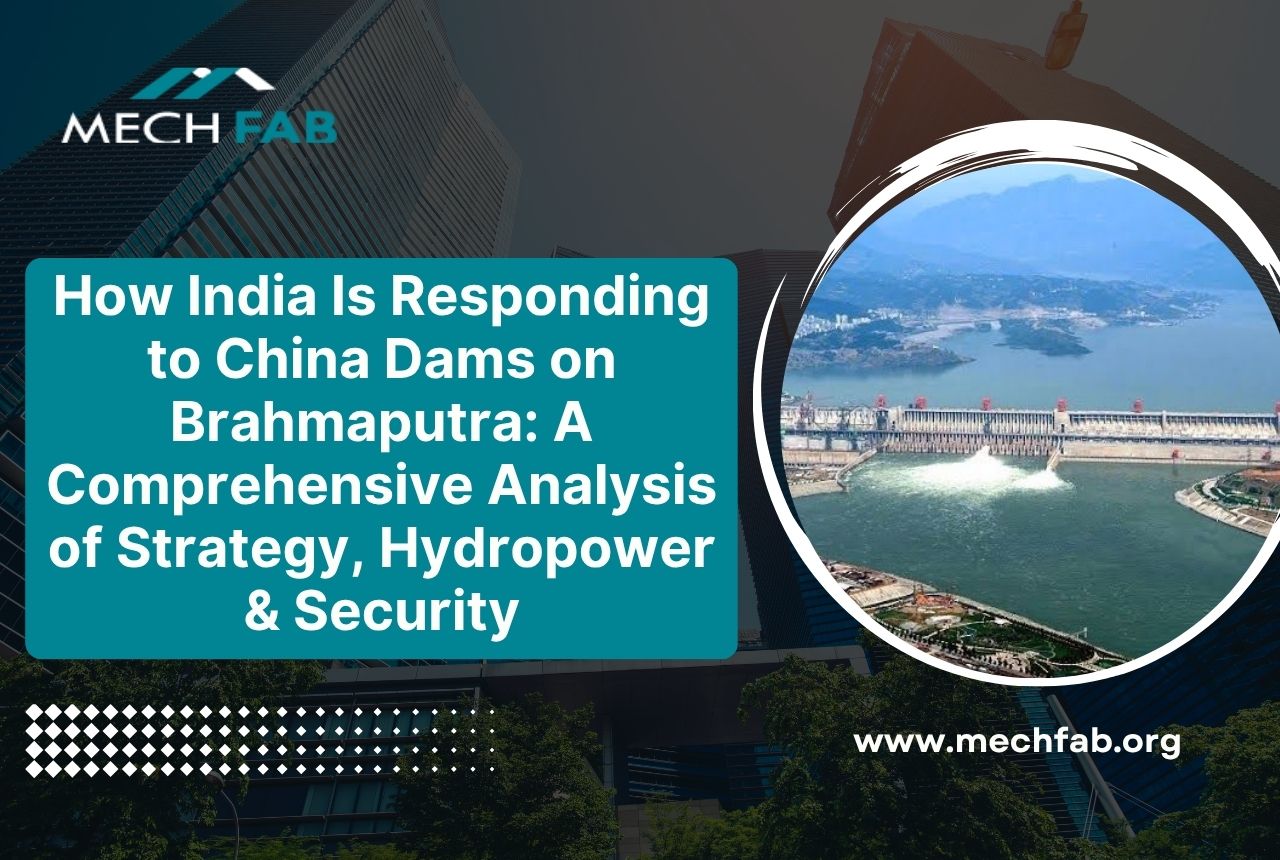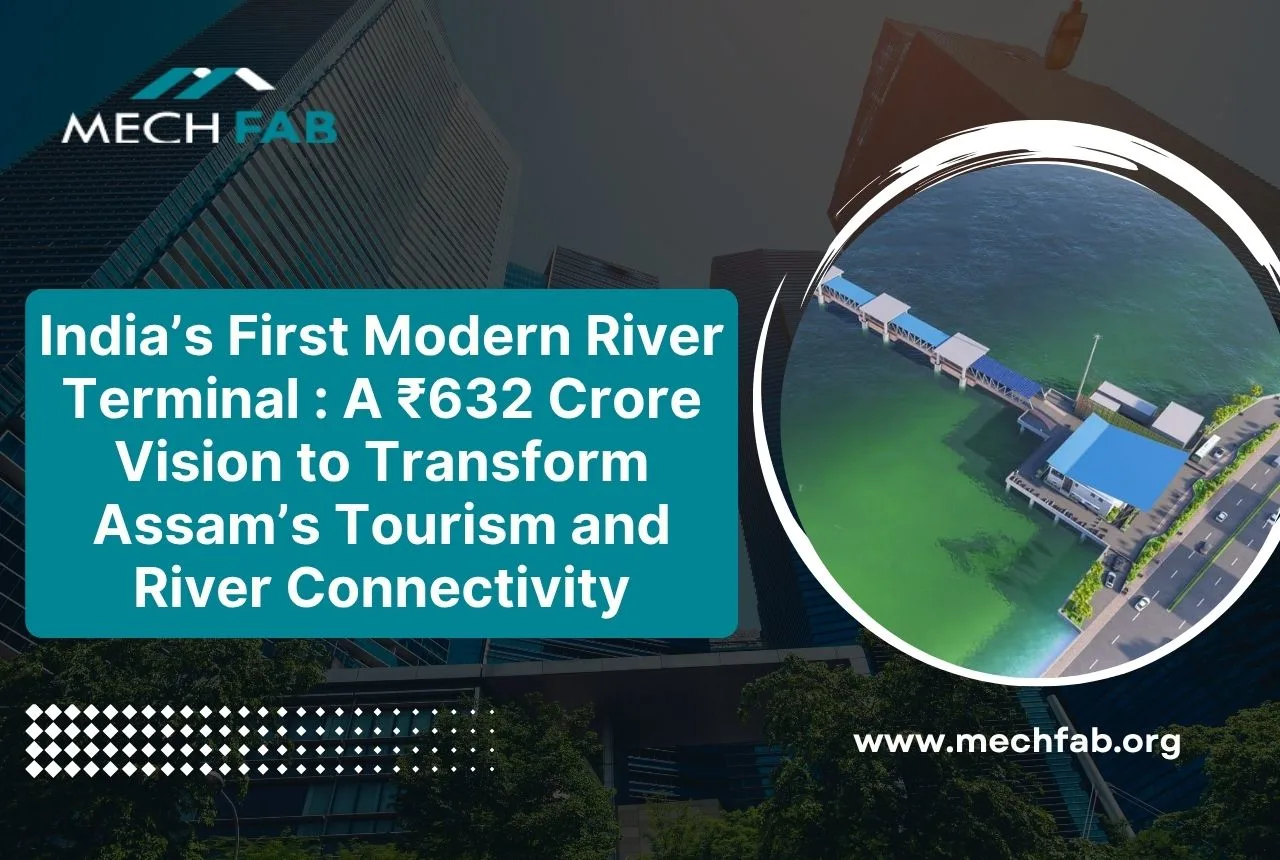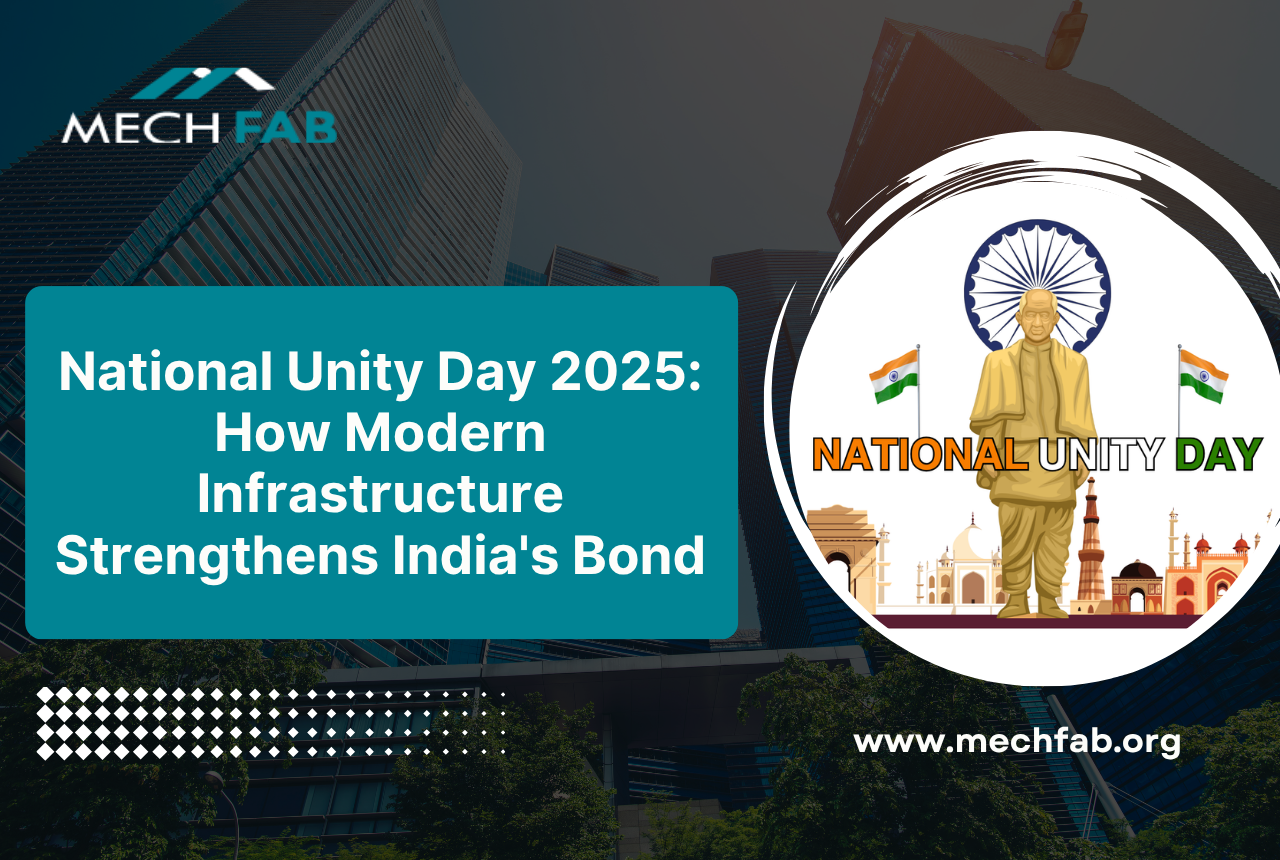Know when to choose PEB structures over conventional structures? If you’re stuck in this question then you’ve come to the right place. This blog will guide you through your questions. From more traditional methods of construction to the most current advancement in the field, pre-engineered buildings (PEBs), have emerged as a result of ongoing technological advancements in the field.
However, when to choose PEB structures over conventional structures? It is a question that might give a second thought before constructing a building and this totally depends on your personal preferences.
For example, If you are planning to structure a living space that lasts long and comfortable it’s better to choose a conventional way of structuring the building. To make an informed decision, you should understand the differences between PEB structures and conventional structures.
Let’s examine pre-engineered buildings and conventional buildings more closely and determine when to choose PEB structures over conventional ones.
What is PEB Structure?
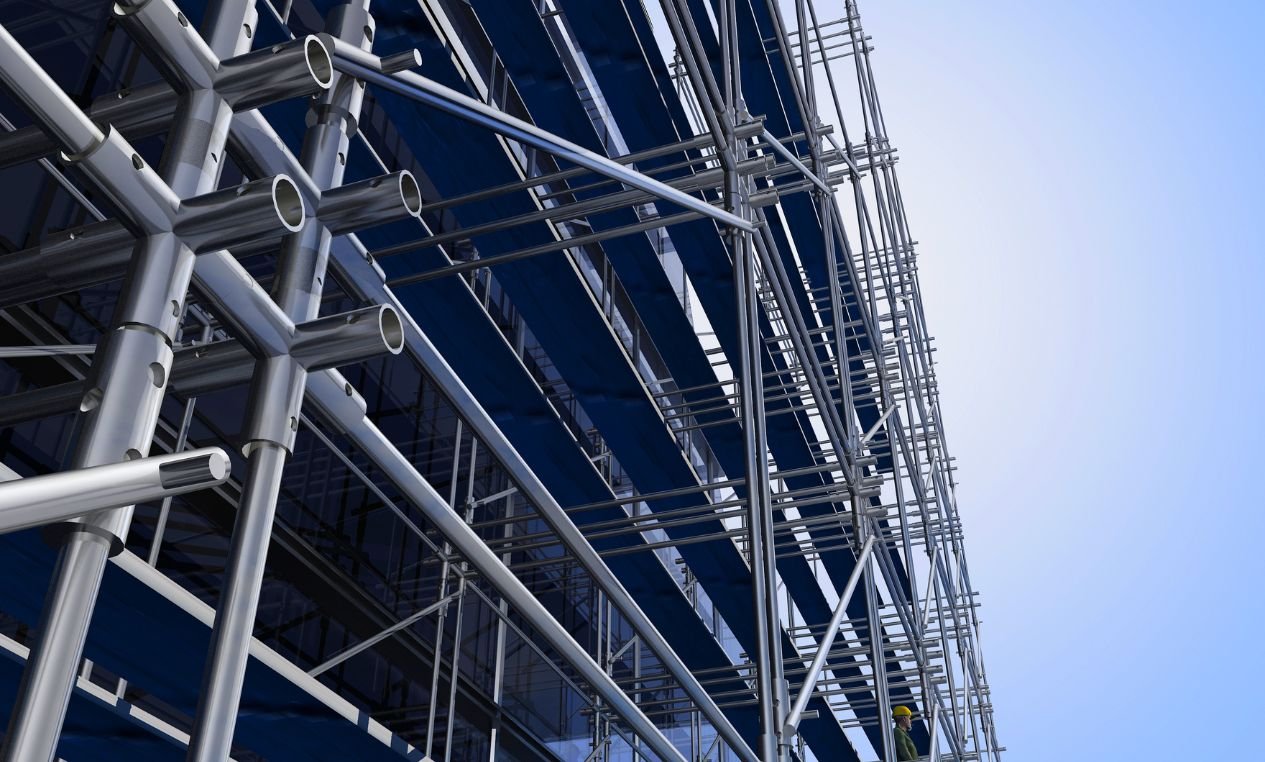
A pre-engineered building, also known as a PEB structure, involves assembling pre-fabricated components, such as steel, in a factory to precise measurements. These built-up pieces are then transported to the construction site and assembled using bolted connections, commonly employed in industrial buildings such as warehouses, metro stops, and other similar structures.
Advantages of PEB structures:
- Quality control: Planners design all structural members ahead of time and consider code standards, resulting in quality control as a key benefit. Quality control professionals actively oversee the factory production of these parts.
- Cost-effective: It costs less to build, manufacture, and put together on-site due to the reduced labor and materials costs.
- Less time-consuming: Planning structural sections using software reduces the construction time for a building.
- Low maintenance: Standard-quality paints are applied to the steel parts, making them less prone to damage and more cost-effective to maintain than traditional steel buildings.
- Quick building: Assembling it quickly is possible because everything is already made and trained workers connect the different parts.
Disadvantages of PEB Structures:
- Prone to Corrosion: Poor quality steel or inadequate paint application on the steel members can damage the building and compromise its utility.
- Insulation cost: Adding adequate insulation to a building will increase the construction cost.
What is Conventional Structure?
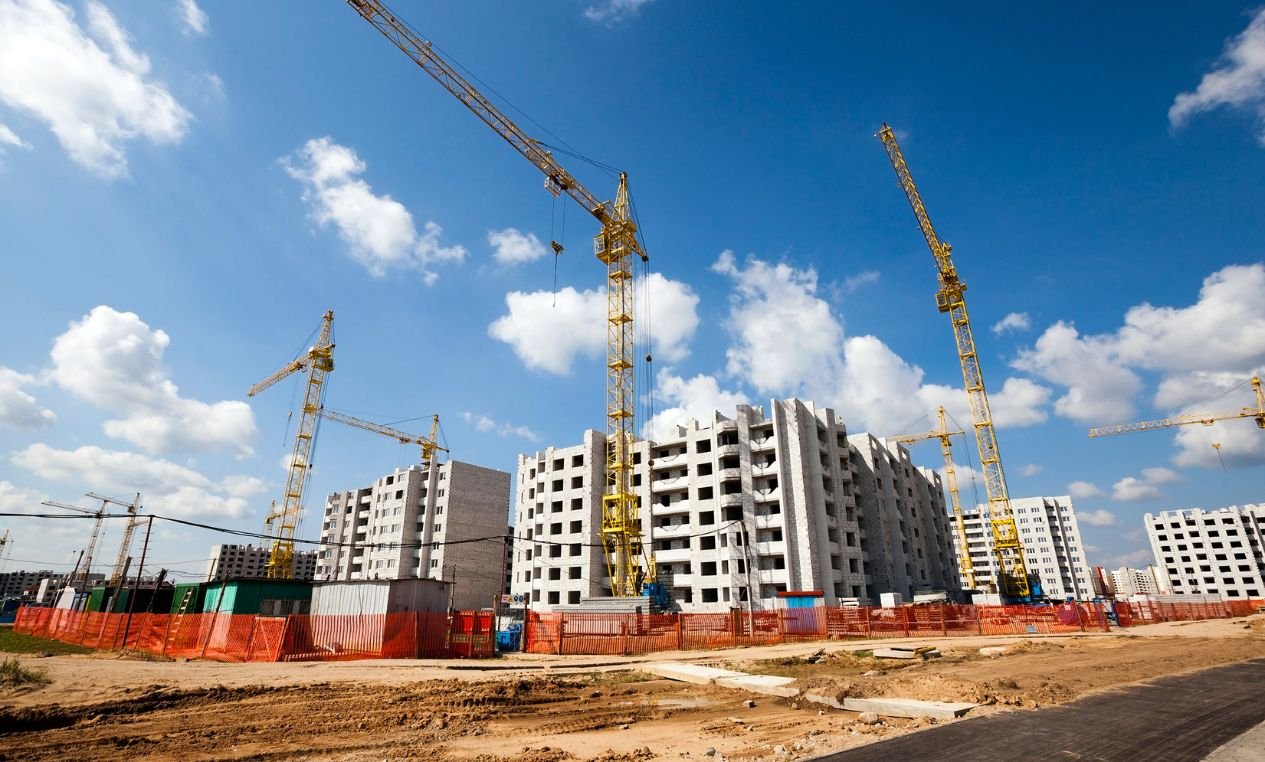
Conventional Structures are those structures or buildings that are built using traditional items such as bricks, cement, etc that are fabricated on-site. Unlike PEB structures conventional structures, are constructed by employing more traditional building methods, techniques, and materials that are adapted to meet the particular requirements of the project.
Advantages of Conventional Structure:
1) Versatility is a characteristic of Conventional Structures. Architects and designers can experiment with unique and imaginative ideas as it allow construction in various shapes and sizes.
2) The majority of conventional structures are fabricated as mostly one piece, ensuring a cohesive and integrated framework that contributes to the overall strength and stability of the building.
3) Another advantage of conventional construction is that these types of buildings are strong enough to tackle any weather conditions.
4) Conventional Structures provide better working conditions for construction workers. the procedures of using traditional construction methods make the workplace safer and more efficient work environment.
Disadvantages of Conventional structure:
- One of the disadvantages of conventional structure is that, to construct the building in traditional ways you might require a high number of labour and necessary plants on site.
- In conventional structures, the time-consuming process of erecting formwork can sometimes exceed the overall construction timeline.
- Conventional structures can be challenging due to their notion of quality control. Because at times there may be differences in the work and the product used, which makes it hard to keep exact strict quality control standards.
PEB vs Conventional Buildings
Before you choose PEB structures over conventional structures, it would be advisable for you to understand the differences between PEB structures and Conventional structures. Go through the table below:
|
PEB Structure |
Conventional Structure |
| 20-30% lighter than conventional structure. | Heavier than PEB due to Hot rolled. |
| The integral frame system with software-based standard designs that are replicable of a PEB construction makes it efficient. | Partially automatic design processes with some human input give less accuracy in planning. |
| It doesn’t take much time to build the building. | It might take longer days to build the building, it works according to the complexity of the building. |
| They are easy to build and easy to design. | They are not easy to build as it requires time to start the foundation work. |
| It works best for warehouse, industrial, and infrastructure tasks. | Commercial establishments, institutional buildings, industrial uses, and residential settings are the best options for conventional structures. |
| PEB will allow for the construction of wider clear spans, which create a greater column-free area within the building. | In a Conventional structure, it’s difficult to get longer clear spans. |
| As it is light and flexible, the PEB is good at protecting against earthquakes. | Unlike Conventional Structures, it’s not good at protecting against earthquakes as the parts are heavy and rigid. |
Summing Up
In conclusion, choosing between pre-engineered buildings (PEB) and conventional structures depends on individual preferences and projects. PEBs are efficient and cost-effective but may decay with time, while conventional constructions are sturdy and versatile but need more labor and take longer. Project complexity, money, and features should guide the choice. Understanding the pros and disadvantages of each method can help you choose the best construction method for your project.

